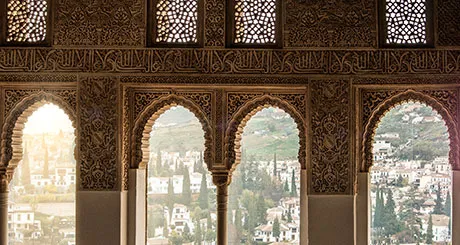
6 legends about the Alhambra that you should know
Talking about Granada and the Alhambra means talking about the thousands and thousands of stories and legends that the passing of time has brought to one of the most important cities of this time. Moreover, the story of Granada is also made from stories and proverbs which, from word of mouth, have been spread among its inhabitants, generation after generation. Thanks to this, we’ve been able to preserve the most intimate, popular stories from Granada’s past.
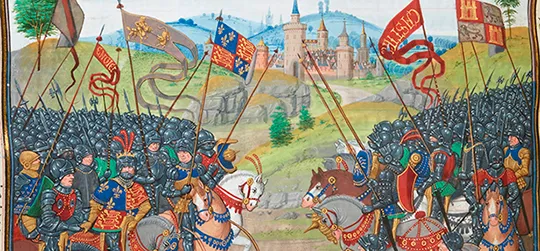
Leyenda del Suspiro del Moro
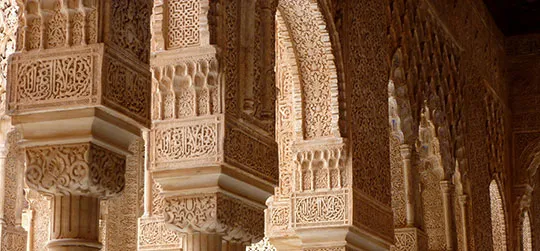
Leyenda del Reloj de Sol
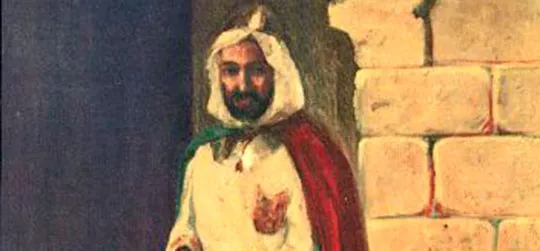
Leyenda del Soldado Encantado
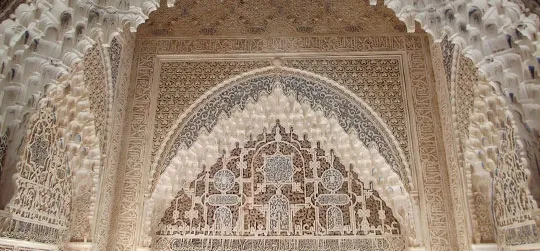
Leyenda de la Sala de los Abencerrajes
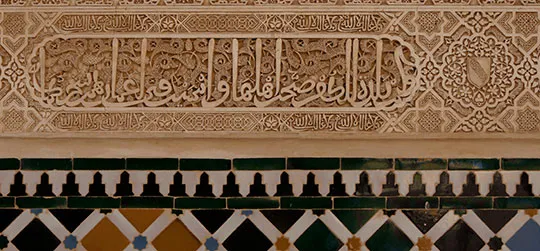
Leyenda de los Azulejos de Mexuar

Leyenda de la Reina Zoraida
Leyenda del Suspiro del Moro
The Legend of the Moor’s Sigh is one of Granada and the Alhambra’s most well-known legends, with it being spread in most books that talk about the city’s history. According to said legend, Boabdil, the last King of Granada, surrendered to the Catholic Kings in 1942 without showing any resistance. Following the conquest, Boabdil and his Court were exiled by King Fernando de Aragón and Queen Isabel de Castilla, remaining exiled to the Alpujarra region for two years before his final trip to the African continent.
Legend has it that during this banishment, ousted Boabdil didn’t dare to turn and look at his beloved Granada. It was only when he was far away (12 kilometres from the city) that he stopped to look back and observe the Alhambra. In that moment he sighed and inevitably broke down into tears. His mother Ayesha (or Aisha) scolded him with the famous phrase: "You’re crying like a woman over what you didn’t know how to defend as a man". From then on, the stretch of mountains where it’s said that the sigh occurred is widely known as the Puerto del Susipro del Moro (Pass of the Moor’s Sigh) in honour of the legend.
Leyenda del Reloj de Sol
Some studies state that the Alhambra’s complex of Nasrid Palaces was thought to be a huge sun clock. This is due to the fact that, similar to what happens with any sun clock, the time of day can be calculated by looking at the location of the shadows produced in different rooms.
This effect is particularly evident at midday, when the shadows cast on the Palaces divide the rooms into two halves. However, there are people who state that this effect is simply the result of the architects’ attempt and insistence to make the most of it and use the sunlight.
Leyenda del Soldado Encantado
Legend has it a cursed soldier lived in one of the Alhambra’s Palaces who had to guard Rey Boabdil’s treasure forever. This soldier could only abandon his guard once every one hundred years.
It was a student from Salamanca who bumped into said soldier, who dressed in armour from that time and held a huge lance. Thus, the soldier pleaded the student to help him break the curse. In order to do so, he had to look for a young Christian woman and a fasting priest with whom they could break the spell.
The young student, who wanted to lay his eyes on Boabdil’s fortune, accepted the offer and succeeded in finding a young girl and priest to present before the soldier. However, at the last moment, filled with greed, the priest made for the treasure prepared for the end of the spell. This broke the spell and condemned the enchanted soldier forever.
Leyenda de la Sala de los Abencerrajes
The Hall of the Abencerrages (Sala de los Abencerrajes), located in the Palace of the Lions (Palacio de los Leones), in front of the Hall of the Two Sisters (Sala de Dos Hermanas), is one of the most beautiful halls in the Alhambra’s palatial complex. This beautiful room in the Palace of the Lions stands out thanks to its impressive Mozarabs dome which takes the form of an eight-pointed star.
Despite its beauty, a bloody legend originates in this room. According to popular tradition, this is the room in which the Abencerrages knights’ throats were cut. The Abencerrages were a group of warriors from North Africa who had come to the Iberian peninsula to fight against the Christians.
The story states that these knights were called to the Palace on the day on which Mohamed "The Lame" was abdicated, with whom they had had disputes. Once they were inside the palaces, the Abencerrages were treacherously tortured and their throats were cut.
If you visit the Hall of the Abencerrages, you’ll be able to see a mark that covers part of the marble pillar in the middle of the room. It is said that this mark is actually a bit of blood which stained the pillar following these events.
Leyenda de los Azulejos de Mexuar
The Mexuar Hall (Sala de Mexuar), situated in the Mexuar Palace (Palacio de Mexuar), is one of the Alhambra’s oldest palaces and one of the palatial complex’s greatest gems. It is said that it was there that the Sultan used to hide in an elevated platform camouflaged by latticework. He did this in order to see and hear what people who were going to be sentenced in the Palace said without them knowing that he was there. Apparently, thus, he could bestow justice in the most objective way possible, since he was able to hear the true stories.
In this way, the Sultan managed to win the public’s favour and confidence, since they considered him to be a fair and honest person. That’s why they say that inside the Mexuar Hall there was a tile that stated: "Entra y pide. No temas pedir justiciar que hallarla has" (Enter and ask. Do not be afraid to seek justice for here you will find it).
Leyenda de la Puerta de la Justicia
The Gate of Justice (Puerta de la Justicia), built in 1348, is the most monumental of the four exterior gates of the Alhambra’s walled complex. It was so magnificent that the public ensured that if a knight was able to touch the sculptured hand on the exterior arch with the end of his lance, he would go on to conquest the city.
Moreover, as it was considered to be an impenetrable fortress, it was said that it wouldn’t fall down even under the attack of a thousand armies. It was said that if one day the hand on the exterior of the arch touched the key on the interior arch, it will be because the end of the world has arrived, with the Alhambra being in ruins.
Leyenda de la Reina Zoraida
Many legends circulate about the life of Queen Zoraida, one of the wives of Sultan Muley Hacén from Granada. It is said that Zoraida was a Christian slave who was locked in the tower located in the Alhambra’s path along the ramparts, which is now known as the Tower of the Captive (Torre de la Cautiva) in her honour. Her name was Isabel de Solís and she was the noble daughter of the Mayor of Martos, a village in Jaén.
Being captive, the Sultan fell hopelessly in love with her and they got married. Following her wedding with Muley Hacén, Isabel changed her name to Zoraida (or Soraya) which means "Light at dawn". She had two children with the Sultan, Nasr ben Ali and Saad ben Ali, who competed against Boabdil (the King’s child from his first wife) to gain succession to the throne.
This rivalry went on to cause a secret war with palatial schemes between supporters of each woman, thus weakening the Court at a time in which the Catholic Monarchs continuously added victories to their Reconquest. It’s for this reason that there are people who think that Zoraida was actually an imposter who falsely renounced her faith to spread discord in Granada’s Court.

